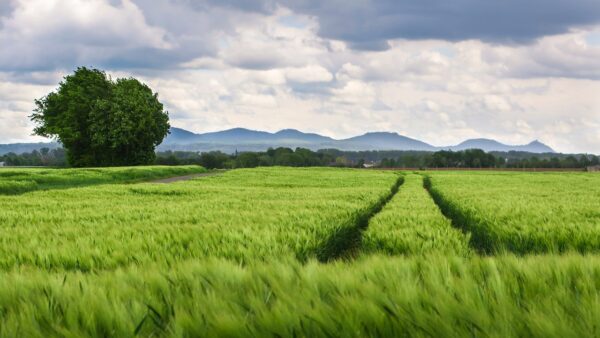Albeit not a key priority for the European Seed Association (ESA), also the issue of crop protection was an important part of the discussions on the revision of the EU Regulation for Organic Production. And here much of the debate revolved around a popular misconception about what the term ‘organic’ really means. EU consumers think ‘organic’ means ‘chemical-free’ however, that is not what the organic label actually mandates in the EU. And it is specifically this misconception that is exploited by organic producers. It is a fact that many pesticides are allowed in organic production and organic products frequently contain pesticide residues.
Examples of some of the most toxic pesticides in organic production are Boron (may affect the brain, liver and heart); Acetic Acid (burns the skin and eyes, and is a risk to bees); Copper sulphate (toxic to basically everything, it bioaccumulates and persists in the environment); Pyrethrins (neurotoxic and highly toxic to bees); Hydrogen peroxide (highly toxic to bees); Rotenone (bee killer and linked to Parkinson’s disease); Azadirachtin (highly toxic to bees) and many others.
And the European Commission wanted to change that with a plan to bring the industry in line with what consumers really think organic food is — and limit pesticide residues. And here’s where they ran into trouble. They had not calculated the opposition by both the EU Parliament, as well as by the EU Member States. The European Parliament’s negotiating team was led by German Green MEP Martin Häusling, and it was here that much of the years long gridlock originated. The Commission’s proposal to limit pesticide levels on organic produce would cripple the industry, according to Häusling. Initially, the Commission proposed a decertification threshold, which was followed by a compromise proposal towards decertification based on multiple residues (i.e. two or more crop protection products). However, Parliament resisted them all, as did the Member States who were quite split between those who did not want a threshold at all, those who could foresee a future threshold but not yet and those who already have thresholds and want to keep them.
[tweetshareinline tweet=”Limiting pesticide levels in organic production would cripple the organic industry. ” username=”EuropeanSeed”]
The text as agreed now requires farmers to take “precautionary measures” to prevent contamination of organic products by unauthorised pesticides, and requires contamination to be investigated by the competent authority to ascertain the cause. If the investigation finds that the cause is due to negligence or deliberate malpractice, then products cannot be marketed as organic; however, if it is the result of accidental drift from, say, a neighbouring conventional farm, then products can be marketed as organic even where residues may be present potentially up to the same level as conventional products.
The text also allows those Member States with national thresholds to maintain them, and allows others to introduce them if they wish, provided this does not prevent trade between EU Member States. The end result failed to provide more harmonisation between the EU countries, but considering the many roadblocks by the member states and the European Parliament this may come as no surprise.
The Commission has been tasked with drafting a report, four years after the entry into force of the regulation to re-assess the situation and, if appropriate, introduce fresh proposals for greater harmonisation.
Where on the web: The Risk-Monger’s Dirty Dozen – 12 highly toxic pesticides approved for use in organic farming: https://risk-monger.com/2016/04/13/the-risk-mongers-dirty-dozen-12-highly-toxic-pesticides-approved-for-use-in-organic-farming/










